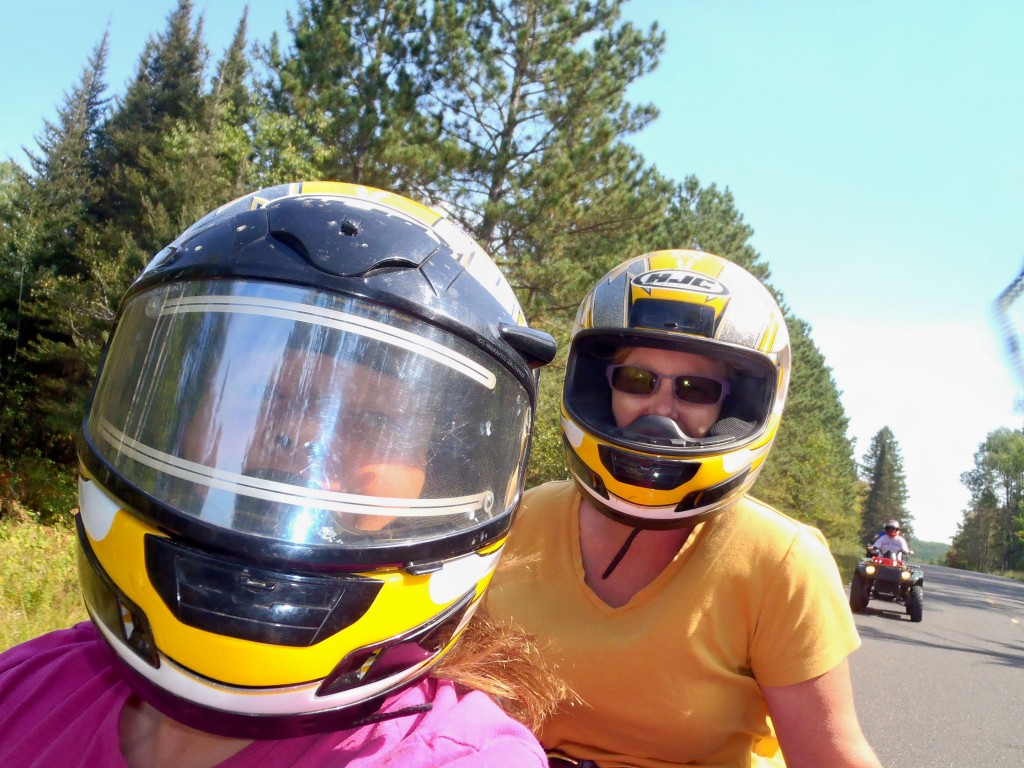We are fast approaching the 2023 Riding season and here are a few things to remember. All this information and more is in the MI-DNR OHV Handbook
OHV Rider Safety Rules and Tips
- Respect riding conditions and trail closures.
- During firearm deer season (Nov 15-30) a person cannot operate an ORV in an area where public hunting is permitted from 7 a.m. to 11 a.m. and 2 to 5 p.m.
- During snowmobile season (Dec. 1-March 31), it’s preferred that ORV riders use trails and/or open roads not open to snowmobiles.
- ORVs are not legal on snowmobile trails located on private and federal lands. Know where you are.
- Snowmobile trail groomers lay smooth paths for snowmobiles. If you encounter a groomed snowmobile trail, it’s imperative that you ride slowly or choose another trail, so you don’t undo the work of trail groomers or inadvertently tear up the trail.
- Make sure that you are riding trails with an ORV confidence marker.
- ORVs can tear up terrain easily (even when the ground is frozen). Reckless and careless operation are civil infractions, including fishtailing, doing donuts, locking up the brakes and riding in a manner that causes environmental damage.
- Be sure your vehicle is in good mechanical order and has fuel for the ride.
- Wear protective clothing for the environment you will be traveling in.
- Always use a helmet and goggles to protect yourself from road debris and twigs.

- Do not remove or replace factory muffler or air box. All machines must have a spark arrestor to operate on MI Trails.
- Make sure your lights work properly-ride with lights on for safety (some states like WI require lights on while moving).
- Ride at a safe speed.
- Ride Right. Stay Right on Trails and Authorized riding areas.

- Ride sober and safe.
- Ride with a group.
- Operate within the limits of your ORV and yourself.
- Only transport a passenger when the ORV has been manufactured to carry a passenger (2 Up). Aftermarket add-ons do not permit a passenger to ride on/in a machine legally. Refer to the manufacturer’s user manual for clarification.
- Stay on the trail an ensure the area you intend to ride is open to ORV activity.
- Stay off state highways (those designated as M or US).
Be Prepared
- Expect the Unexpected-Severe Weather, Illness, Injury Mechanical Failure or being Lost
- Know your terrain and be prepared to adjust for changing environmental conditions.
- Carry First Aid kit, Current Maps, GPS and Cell Phone.
- Create a ride plan and share it with others. A ride plan includes the times and locations you will be riding, along with check-in points.
- Tell Someone where you are traveling and with whom and when you will return.